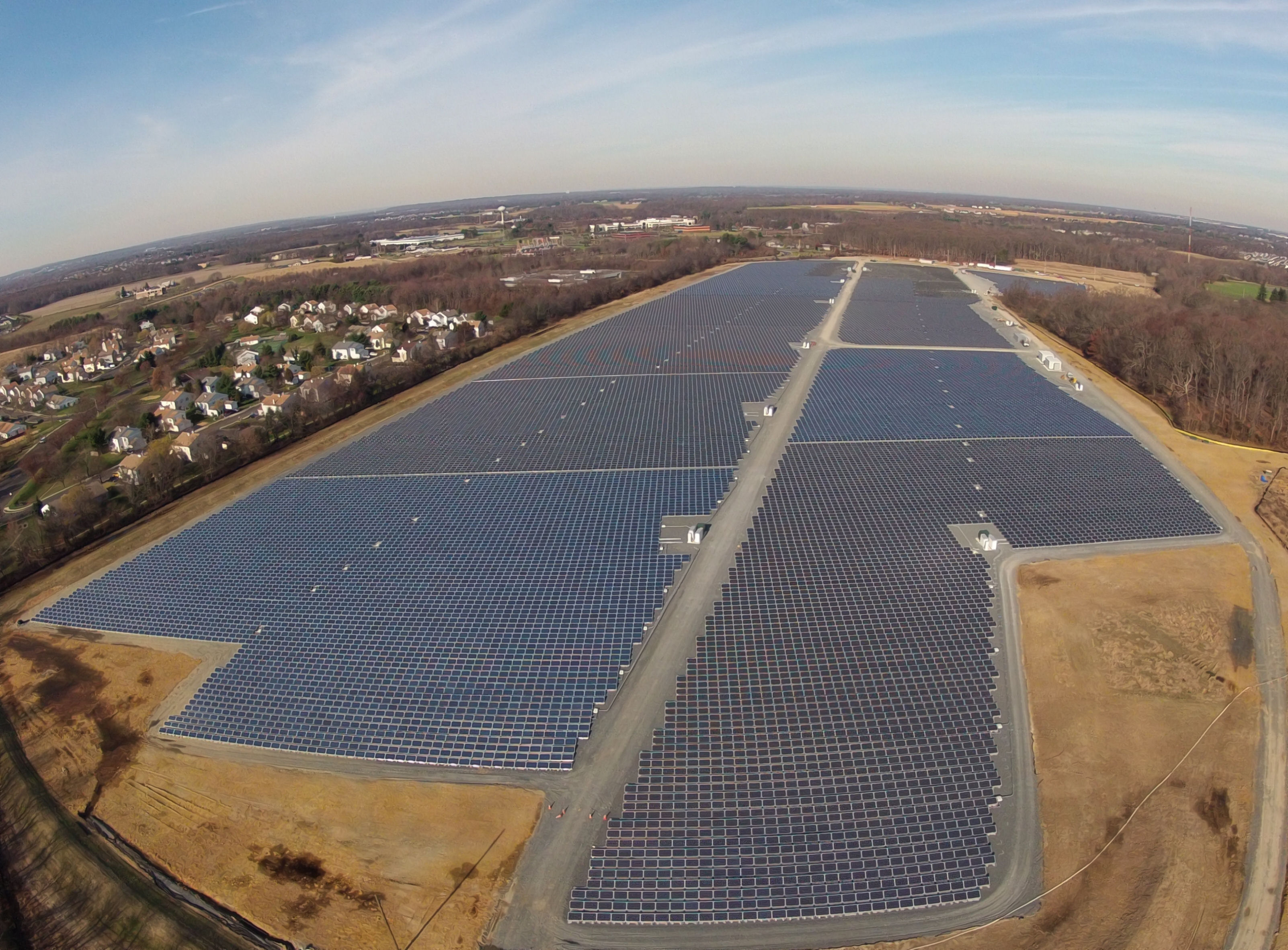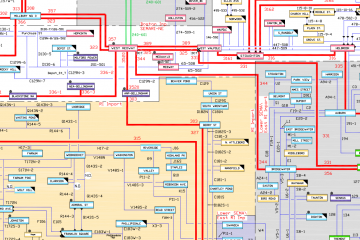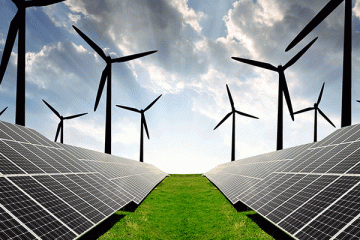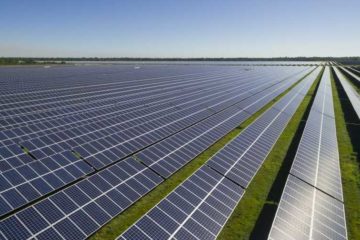With a little help from China, America’s solar future just got a lot brighter.
Just as the US solar market was bracing for the possible negative impact of the Trump administration’s new tariffs on imported solar panels, the Chinese government announced that it would freeze approvals for planned government-sponsored utility-scale solar projects and also slash domestic solar feed-in-tariffs. While China’s solar policy shift will slow down the expansion of global solar capacity (China accounted for 50% of global solar demand in 2017), it will also boost the growth of the U.S. solar market, because solar panel prices will decrease by an estimated 20%-30% due to an impending Chinese panel glut.
Why did the Chinese government change its policy? There appear to be two main reasons. First, China’s state-run renewable energy fund, which is financed by rate-payers, is running a $15 billion deficit. Secondly, recent developer bids for utility-scale projects are approaching grid parity, which means that the (PPA) price per kwh which developers are willing to accept is lower than both the feed-in-tariff and the standard electric rate in respective regions. That essentially means that solar costs have declined to the point where subsidies are no longer required to induce investment. And that trend is set to continue as solar panel, inverter and balance-of-systems costs continue to decline.
In the short-term, there will be a solar panel glut on the global market, which means that the cost of solar in the US will decline further and in spite of recent solar panel import tariffs. Thus, the negative impact of the recently-imposed Trump solar tariffs will effectively be offset by global solar panel oversupply. That’s great news for the U.S. solar market, particularly for the downstream segment of the business. Downstream solar includes players such as developers.
Can the United States catch up to China in terms of installed solar capacity? The current score is 130-50. China has 130 gigawatts of solar compared to America’s 50 gigawatts. And despite his pro-coal policies, Trump has treated solar relatively fairly. The Trump solar tariffs were much lower than the market had been anticipating and the recently-passed tax reform bill kept solar tax credits in place, which has resulted in a much more stable solar investment environment. A more predictable solar tax and tariff environment has attracted a wall of institutional capital into the American market.
What dos this news mean for the US solar market? It means it’s game on for solar investment, especially for developers. The US solar market – and specifically the Northeast – offer some of the highest project IRR’s along with robust renewable portfolio standards. And with a little help from China, the US solar future just got a lot brighter.



